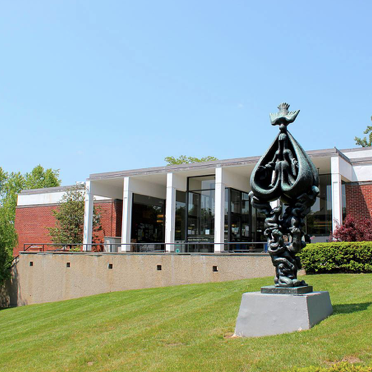The Intricacies of the School Calendar: How is it created and where was there confusion this year?
April 20, 2023
Amongst the Board of Education’s range of responsibilities lies one of its most crucial functions: creating the school calendar for the entire district. The construction of the calendar each year is a meticulous process as it must meet the state requirements for number of academic days, include holidays, and account for theater productions in the schools, as well as a variety of other factors. At the core of the calendar’s function is maintaining continuity throughout the school year, as this is believed to be at the heart of student achievement.
Alex DalPiaz, the President of the BOE, explained how the creation of the calendar is “a very intricate process” every year and there is a “tremendous amount of back and forth that happens” as the Board seeks to take into account the needs of the teachers, administrators, and students.
DalPiaz explained how the creation of the calendar begins in the first half of the year with the Calendar Committee, which is composed of educators, principals, and other positions. After the various department heads and building leaders set up its foundation, “there is a recommendation that comes up to the higher level administrators, and that is the first time [the Board] sees it.”
“We see it as a recommendation of ‘here’s what the year looks like and how do you feel about the distribution of days,’” DalPiaz expressed.
A major aspect to consider is that all three schools in the Hastings district operate under the same calendar each year. Since the academic requirements and needs vary between schools, this results in “the year [being] very tightly defined [and] everything [becomes] a trade off.” For example, the hour requirements are higher for middle and high school, but lower for elementary school. So, Hillside never has an issue meeting their hour requirements, but there is less leeway for the two upper level schools. In fact, DalPiaz expressed that in recent years, the high school only met its hour requirements by nine hours, which is worrisome as it is dangerously close to the minimum. It is also important to note that the daily schedule varies between schools, which further emphasizes the need for this “tight choreography.” As DalPiaz explained, middle schoolers do not operate by a block schedule and have all of their classes every day, while high schoolers have half of their classes one day, and the other half the next. This setup creates conflict for shortened weeks; if a school implements a three-day week, then high schoolers will have half of their classes only once, while middle schoolers will have all their classes each day.
Another factor that complicates the school calendar concerns AP classes. As DalPiaz illustrated, since our school year begins in September, we are immediately disadvantaged time-wise in AP classes when compared to other schools in the country that begin earlier in the year.
“If you compare somewhere like Connecticut where they start their year much earlier, those students have almost a month of extra prep time before they hit that same date for AP exams, [since they are federally administered],” said Mr. DalPiaz. This in turn contributes to the precarious nature of the school calendar as the same amount of material has to be taught in a shorter period of time.
For the 2023-2024 calendar in particular, there was some confusion and hiccups surrounding holiday observances. For the next school year, the Board considered observing holidays like Eid, the Lunar New Year, as well as Diwali to be more inclusive and acknowledge a wider range of faiths. As DalPiaz explained, the recognition of holidays is not solely through days off.
“There are arguments to be made that the best way to do this is to have some activity in school around that holiday or to ameliorate some of the circumstances that if someone has to celebrate, they should not have to take a test or be assigned homework.”
However, DalPiaz further stated that this created some headaches for scheduling since several teachers perceived the concept of “non testing” or “no homework” days as being the same as taking a full day off and, thus, would not work with their schedules.
DalPiaz also addressed the argument regarding taking days off for holidays and compensating by adding on to the end of the school year. He pointed out that taking this kind of action to observe a holiday results in “a trade of valuable academic days for nonacademic days,” since once the Regents exams and other major finals are over, the final days of school are not necessarily used productively.
Another point of controversy regarding the 2023-2024 calendar was surrounding its physical copies. There were debates in the Board whether or not the school should resort back to a functional calendar in which the calendar would simply indicate when the schools are open or closed without listing any additional observances. Of course, the holidays would be acknowledged through other means, like the online calendar and the school schedule.
“The calendar itself, the physical document, has gone through different permutations over the years, where it’s been an extensive list of holidays and observances. Since it is a piece of paper, it does run into space limitations and clarity limitations,” DalPiaz explained.
While the calendar may seem like a mundane or ordinary part of day-to-day school life, it is a vital apparatus at the core of the district’s functionality and is much more complex to produce than one may initially think. As DalPiaz put it, creating the school calendar is like playing Jenga: it must be constructed carefully, and any slight changes can cause the entire document to be restructured.


























